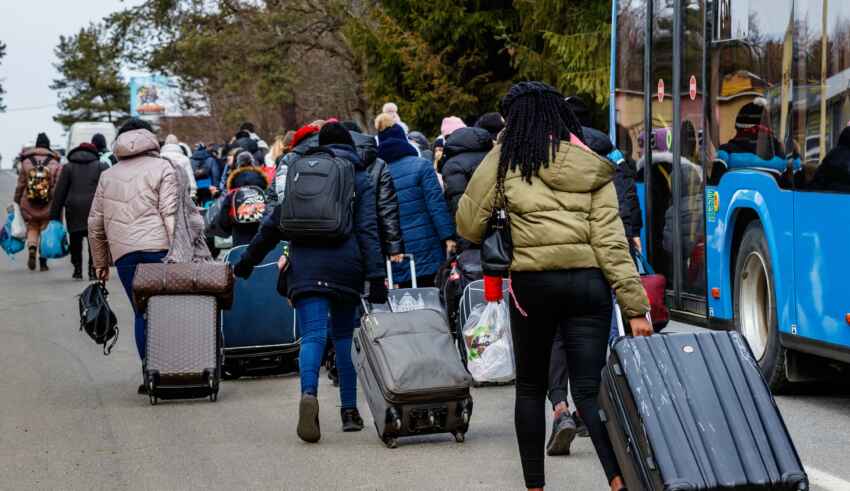
At the beginning of the year, the Belgian Secretary of State for Asylum and Migration, Nicole de Moor, in cooperation with the migration services, published the immigration statistics for 2022. According to the numbers, in 2022, a 40% increase in the number of people who applied for international protection was calculated. Almost 37,000 people, mainly from Afghanistan, Syria, Palestine, Burundi, and Eritrea, filled out applications for protection, while 63,000 Ukrainians were granted immediate and temporary protection in Belgium. Only a few days earlier, Ms. de Moor, in a meeting with fellow officials from other European countries, called for the better application of Dublin Regulation in the European Union, aiming at the enhancement of transnational cooperation to prevent a new migration crisis.
But what are the main elements of the Dublin III Regulation, why the correct application of the process is so important, and what are the loopholes of the Dublin System?
The Dublin Regulation entered into force in 2013 and aims to ensure the quick and fair examination of asylum applications by an EU Country. The Regulation establishes which Country is responsible for examining such applications by providing three basic criteria; the family situation of the applicant, the possession of a residence permit or visa in a Member State, and lastly the irregular or regular entrance of the asylum seeker in the EU. The primary objective of the Regulation is the creation of an efficient system that will secure the protection of applicants through procedures that won’t last more than 11 months and will respect the vulnerable situation of asylum seekers.
When the idea of the Dublin system was introduced, it was based on the assumption that the different asylum and migration laws of EU States share a common legal framework and thus ensure similar levels of protection for asylum seekers. However, the large-scale, uncontrolled flows of irregular migrants and refugees after 2008 showed that, in reality, the national legislations vary from country to country, causing severe discrimination among asylum applicants across Europe. Additionally, the actual implementation of the procedure has failed to provide asylum seekers with adequate protection, as they usually wait in limbo for a long time, away from their families, awaiting their transfer to the state, which is responsible for examining the asylum application. The Dublin system proved ineffective, not only for the applicants but also imposed a huge burden on certain European countries. The Regulation placed disproportionate responsibility on the States that constitute the EU’s entry points, like Greece, Italy, and Spain.
The importance of solidarity and fair sharing of responsibility between EU Member States in dealing with asylum applications has been emphasized. The management of the big number of migrants that enter the EU every year necessitates cooperation between States that will ensure the protection of those in need and will balance the allocation of responsibility. Additionally, the establishment of a common European approach concerning the protection of migrants through the enforcement of a common legal framework is necessary.
By The European Institute for International Law and International Relations.















